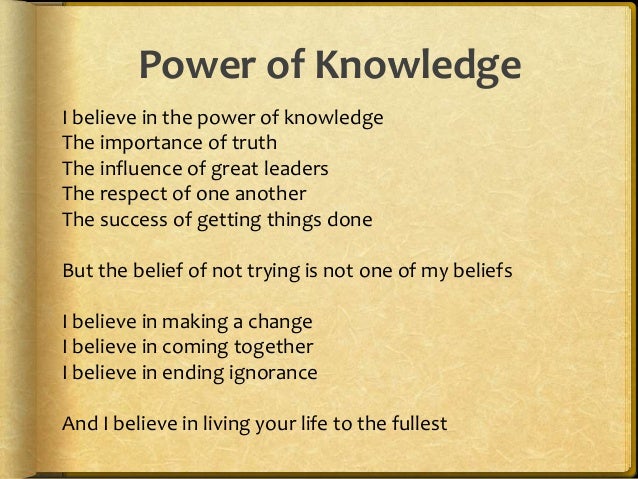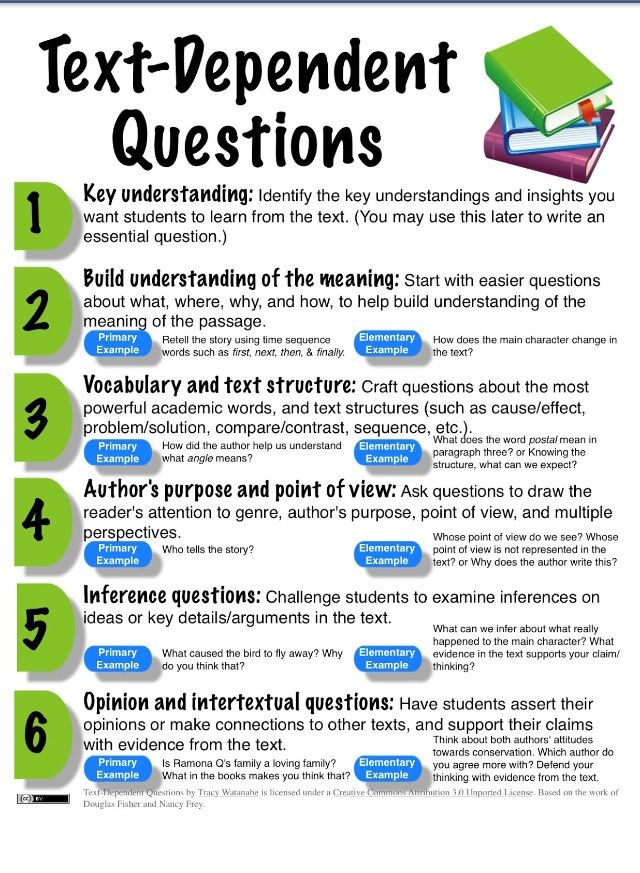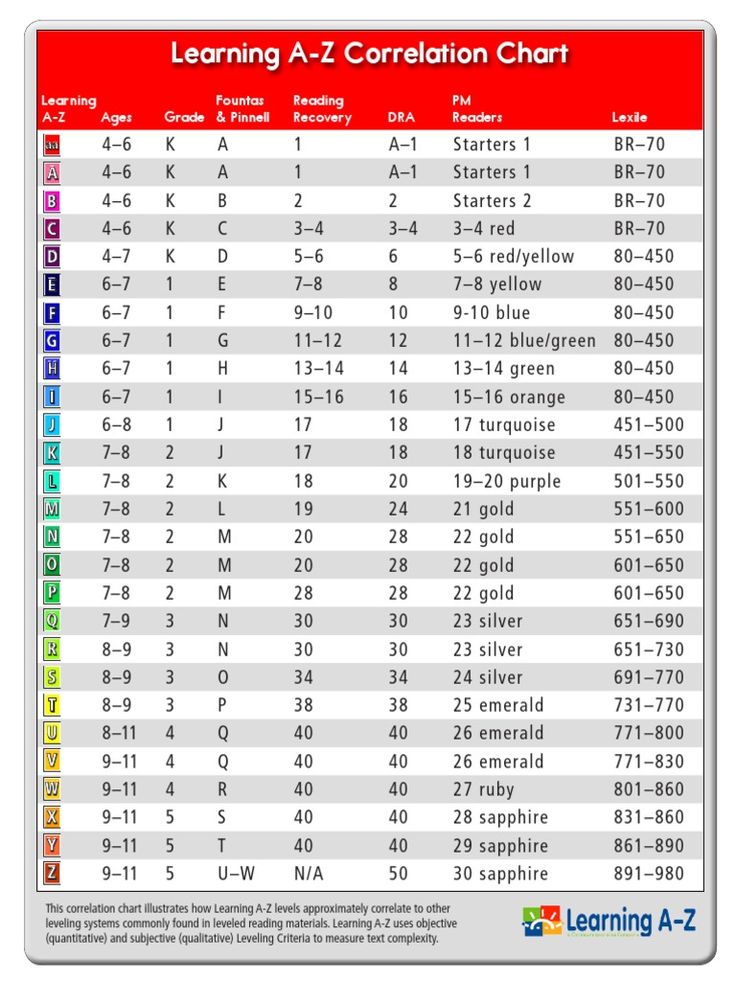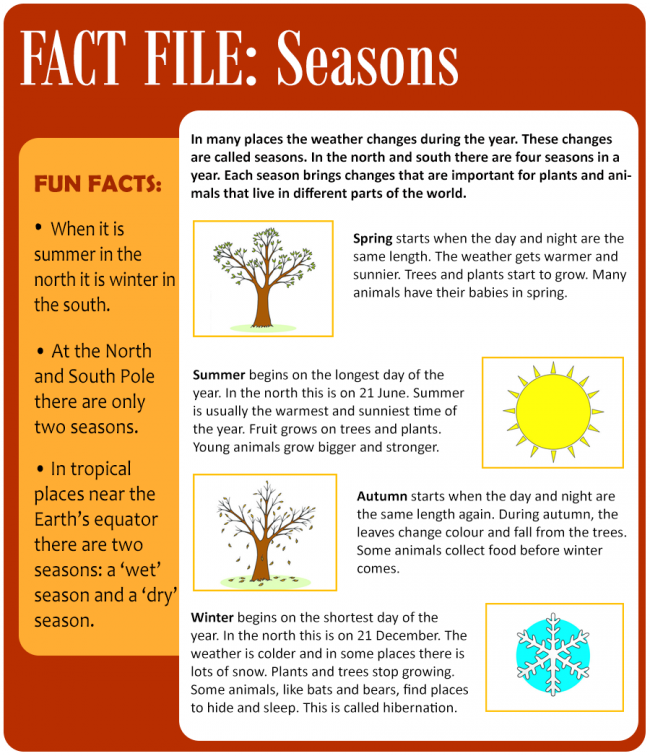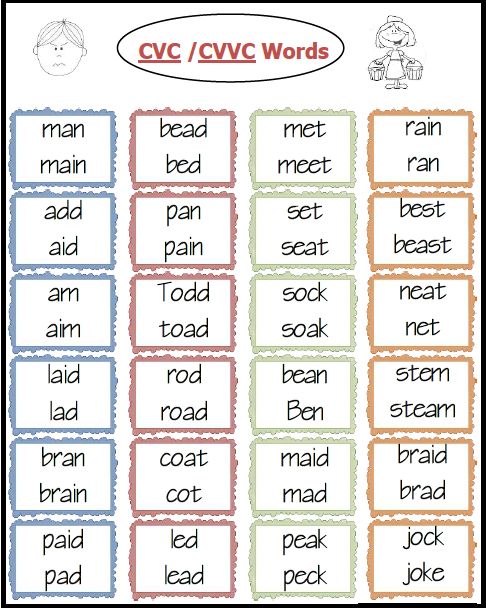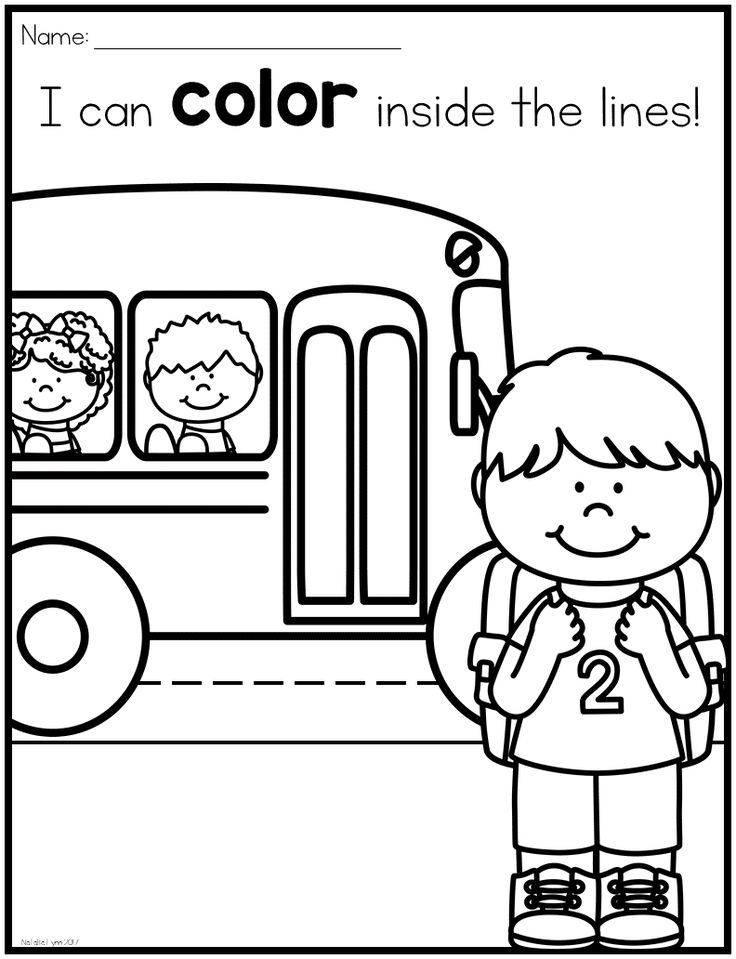The importance of fluency
What Is Fluency? Why Is Fluency Important? :: Read Naturally, Inc.
What Is Fluency?
Fluency is the ability to read "like you speak." Hudson, Lane, and Pullen define fluency this way: "Reading fluency is made up of at least three key elements: accurate reading of connected text at a conversational rate with appropriate prosody or expression." Non-fluent readers suffer in at least one of these aspects of reading: they make many mistakes, they read slowly, or they don't read with appropriate expression and phrasing.
Developing reading fluency with Read Naturally Strategy programs
Key Concepts
Why Is Fluency Important?
For many years, educators have recognized that fluency is an important aspect of reading. Reading researchers agree. Over 30 years of research indicates that fluency is one of the critical building blocks of reading, because fluency development is directly related to comprehension.
Here are the results of one study by Fuchs, Fuchs, Hosp, and Jenkins that shows how oral reading fluency correlates highly with reading comprehension.
| Measure | Validity Coefficients |
|---|---|
| Oral Recall/Retelling | .70 |
| Cloze (fill in the blank) | .72 |
| Question Answering | .82 |
| Oral Reading Fluency | .91 |
To interpret this type of correlation data, consider that a perfect match would be 1.0. As you can see, oral recall/retelling, fill in the blank, and question answering are all above 0.6, which indicates there is a strong correlation. But oral reading fluency is by far the strongest, with a .91 correlation.
Many researchers, including Breznitz, Armstrong, Knupp, Lesgold, and Pinnell, have found that fluency is highly correlated with reading comprehension—that is, when a student reads fluently, that student is likely to comprehend what he or she is reading.
Why are reading fluency and reading comprehension so highly correlated? Dr. S. Jay Samuels, a professor and researcher well known for his work in fluency, put forth a theory called the automaticity theory. According to Dr. Samuels, people have a limited amount of mental energy. If you want to multitask or to become proficient at a complex task such as reading, you first need to master the component tasks so you can do them automatically. For example, a reader who must focus his or her attention on decoding words may not have enough mental energy left over to think about the meaning of the text. However, a fluent reader who can automatically decode the words can instead give full attention to comprehending the text. To become proficient readers, our students need to become automatic with text so they can pay attention to the meaning.
S. Jay Samuels, a professor and researcher well known for his work in fluency, put forth a theory called the automaticity theory. According to Dr. Samuels, people have a limited amount of mental energy. If you want to multitask or to become proficient at a complex task such as reading, you first need to master the component tasks so you can do them automatically. For example, a reader who must focus his or her attention on decoding words may not have enough mental energy left over to think about the meaning of the text. However, a fluent reader who can automatically decode the words can instead give full attention to comprehending the text. To become proficient readers, our students need to become automatic with text so they can pay attention to the meaning.
See also:
- Determining who needs fluency instruction
- Hasbrouck-Tindal oral reading fluency norms
- Video: Why reading fluency is important
Challenges Faced by Non-Fluent Readers
Students become fluent by reading. Some students learn to read fluently without explicit instruction. For others, however, fluency doesn't develop in the course of normal classroom instruction.
Some students learn to read fluently without explicit instruction. For others, however, fluency doesn't develop in the course of normal classroom instruction.
Research analyzed by the National Reading Panel suggests that just encouraging students to read independently isn't the most effective way to improve reading achievement. Too often, simply encouraging at-risk students to read doesn't result in increased reading on their part. During sustained silent reading, at-risk readers may get a book with mostly pictures and look at the pictures, or they choose a difficult book so they will look like everyone else and then pretend to read.
Even if at-risk students do read, they read more slowly than the other students. In a 10-minute reading period, a proficient reader who reads 200 words a minute silently could read 2,000 words. In the same 10 minutes, an at-risk student who reads 50 words a minute would only read 500 words. This is equal reading time but certainly not an equal number of words read.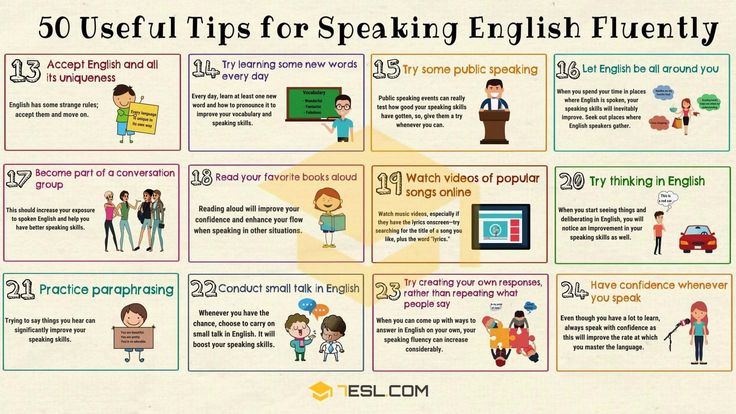
These students need to read more, but just asking them to read on their own often doesn't work. The National Reading Panel has concluded that a more effective course of action is for us to explicitly teach developing readers how to read fluently, step by step.
Research-Proven Fluency Strategies
How do we explicitly teach students to read fluently? The National Reading Panel found data supporting three strategies that improve fluency, comprehension, and reading achievement—teacher modeling, repeated reading, and progress monitoring.
Teacher Modeling
The first strategy is teacher modeling. Research demonstrates that various forms of modeling can improve reading fluency. Examples of teacher modeling include:
- Teacher-assisted reading
- Peer-assisted reading
- Audio-assisted reading
Teacher modeling involves more than just listening to someone else read. Students must be actively involved 100 percent of the time and in a multisensory way.
Teacher modeling teaches word recognition in a meaningful context, demonstrates correct phrasing, and gives students practice tracking across the page. A child can benefit from teacher modeling once he or she knows at least 50 sight words and has a good sense of beginning sounds.
The reading rate of the model reader is important. Christopher Skinner, a reading researcher, found that students who read lists of words with him slowly were more fluent with the words than students who read with him at a faster rate. The slower rate enables students to learn new words and clarify difficult words. As students learn more words, they naturally become more fluent.
Another form of modeling is the neurological impress method. In the neurological impress method, a proficient and a struggling reader read together from a passage, with the more able reader reading near the rate of the struggling reader. Heckelman (1969) showed that after 29 15-minute sessions, 24 seventh- through ninth-grade boys, who were an average of 3 years behind in reading, gained an average of 1.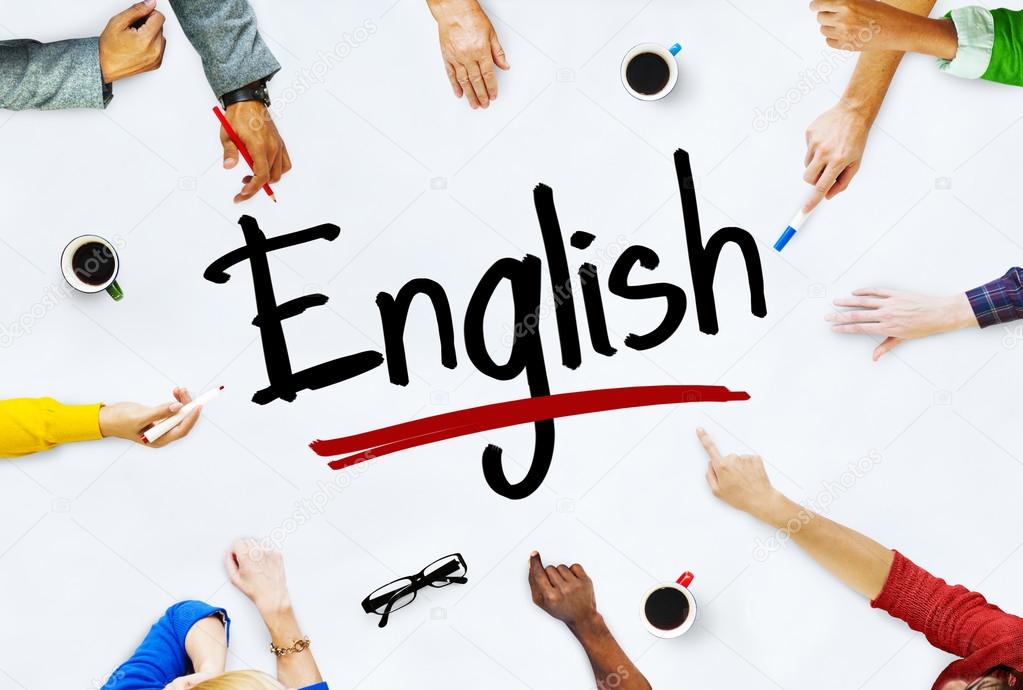 9 years in reading based on the Oral Gilmore and the California Achievement Test.
9 years in reading based on the Oral Gilmore and the California Achievement Test.
Repeated Reading
Another technique that research has shown significantly builds reading fluency is repeated reading. In fact, the National Reading Panel says this is the most powerful way to improve reading fluency. This involves simply reading the same material over and over again until accurate and expressive.
In the 1970s, LaBerge and Samuels studied what happens when students read passages over and over again. They found that when students reread passages, they got faster at reading the passages, understood them better, and were able to read subsequent passages better as a result of the repeated reading.
Repeated reading is a form of mastery learning. The students read the same words so many times that they begin to know them and are able to identify them in other text. Besides helping students bring words to mastery, repeated reading changes the way students view themselves in relation to the act of reading.
Progress Monitoring
People who play video games are presented with a specific goal and with immediate, relevant feedback about their progress toward that goal. This combination of having a goal and getting feedback on progress can be very motivating.
Progress monitoring takes advantage of this combination to motivate students to read. You give students a specific, individual reading goal, and you tell them exactly how you're going to know they've met it. Then, you give them the means to measure how they're doing. Finally, you make it simple enough that they'll know they've met their goal even before you do. This progress monitoring is what motivates students to practice reading the same story over and over until achieving mastery.
Developing Reading Fluency With Read Naturally Strategy Programs
The research-based Read Naturally Strategy combines these three strategies into highly effective programs that accelerate reading achievement.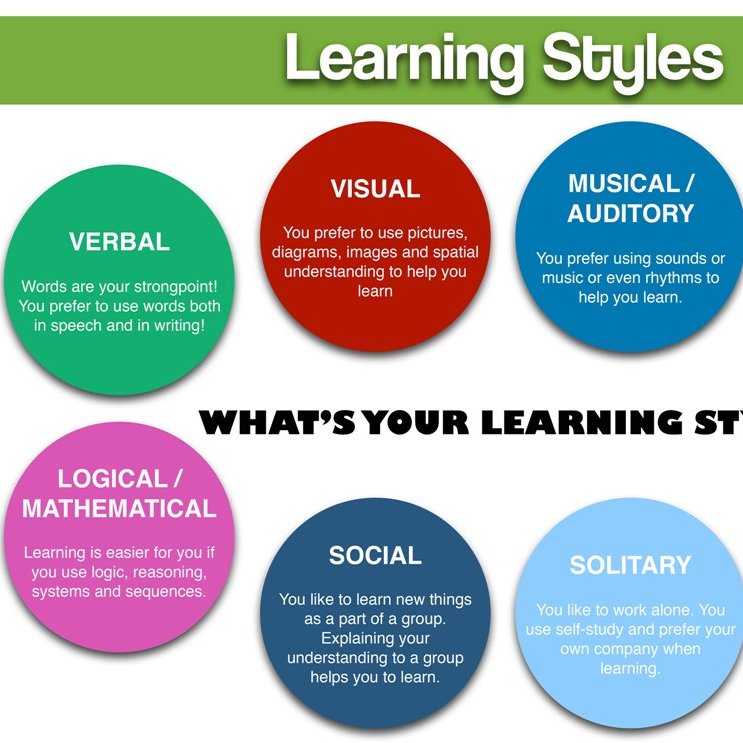 Students become confident readers by developing fluency, phonics skills, comprehension, and vocabulary while reading leveled text. The time-tested intervention programs engage students with interesting nonfiction stories and yield powerful results.
Students become confident readers by developing fluency, phonics skills, comprehension, and vocabulary while reading leveled text. The time-tested intervention programs engage students with interesting nonfiction stories and yield powerful results.
Learn more about the Read Naturally Strategy
Research basis for the Read Naturally Strategy
The Read Naturally Strategy is available in a variety of formats:
Choosing the right Read Naturally Strategy program
| One Minute Reader® Structured, supplemental reading program for developing literacy skills independently. Available in these formats: One Minute Reader Live (component of web-based Read Live for supplemental reading at school) One Minute Reader books/audio CDs (for a school-to-home checkout program) |
Bibliography
Armstrong, S. W. (1983). The effects of material difficulty upon learning disabled children's oral reading and reading comprehension. Learning Disability Quarterly, 6, pp. 339–348.
Learning Disability Quarterly, 6, pp. 339–348.
Breznitz, Z. (1987). Increasing first graders' reading accuracy and comprehension by accelerating their reading rates. Journal of Educational Psychology, 79(3), pp. 236–242.
Fuchs, L. S., Fuchs, D., Hosp, M. K., & Jenkins, J. R. (2001). Oral reading fluency as an indicator of reading competence: A theoretical, empirical, and historical analysis. Scientific Studies of Reading, 5(3), pp. 239–256.
Heckelman, R. G. (1969). A neurological-impress method of remedial-reading instruction. Academic Therapy Quarterly, 5(4), pp. 277–282.
Hudson, R. F., H. B. Lane, and P. C. Pullen. (2005). Reading fluency assessment and instruction: What, why, and how. Reading Teacher 58(8), pp. 702-714.
Knupp, R. (1988). Improving oral reading skills of educationally handicapped elementary school-aged students through repeated readings. Practicum paper, Nova University (ERIC Document Reproduction Service No.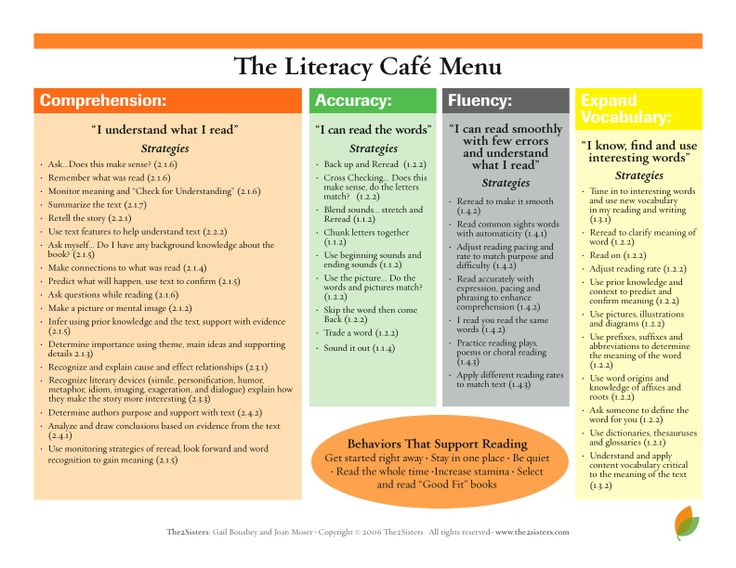 ED 297275).
ED 297275).
LaBerge, D., & Samuels, S. J. (1974). Toward a theory of automatic information processing in reading. Cognitive Psychology, 6, pp. 292–323.
Lesgold, A., Resnick, L. B., & Hammond, K. (1985). Learning to read: A longitudinal study of word skill development in two curricula. In G. Waller & E. MacKinon (eds.), Reading research: Advances in theory and practice. New York, NY: Academic Press.
National Reading Panel. (2000). Teaching children to read: An evidence-based assessment of the scientific research literature on reading and its implications for reading instruction. Washington, DC: National Institute of Child Health and Human Development.
Pinnell, G. S., Pikulski, J. J., Wixson, K. K., Campbell, J. R., Gough, P. B., & Beatty, A. S. (1995). Listening to children read aloud: Data from NAEP's integrated reading performance record (IRPR) at grade 4 (NCES Publication 95-726). Washington, DC: U.S. Department of Education, National Center for Educational Statistics.
Samuels, S. J. (2002). Reading fluency: Its development and assessment. In A. E. Farstrup & S. J. Samuels (eds.), What research has to say about reading instruction, 3rd ed., pp. 166–183. Newark, DE: International Reading Association.
Samuels, S. J. (1997). The method of repeated readings. The Reading Teacher, 50(5), pp. 376–381.
Samuels, S. J. (2006). Towards a model of reading fluency. In S. J. Samuels and A. E. Farstrup (eds.), What research has to say about fluency instruction. Newark, DE: International Reading Association.
Samuels, S. J. (1997). The method of repeated readings. The Reading Teacher, 50(5), pp. 376–381.
Skinner, C. H., Logan, P., Robinson, S. L., & Robinson, D. H. (1997). Demonstration as a reading intervention for exceptional learners. School Psychology Review, 26(3), pp. 437–447.
Why is Reading Fluency So Important? • Teacher Thrive
Reading fluency is important because it is one of the most reliable determiners of a student’s ability to comprehend text.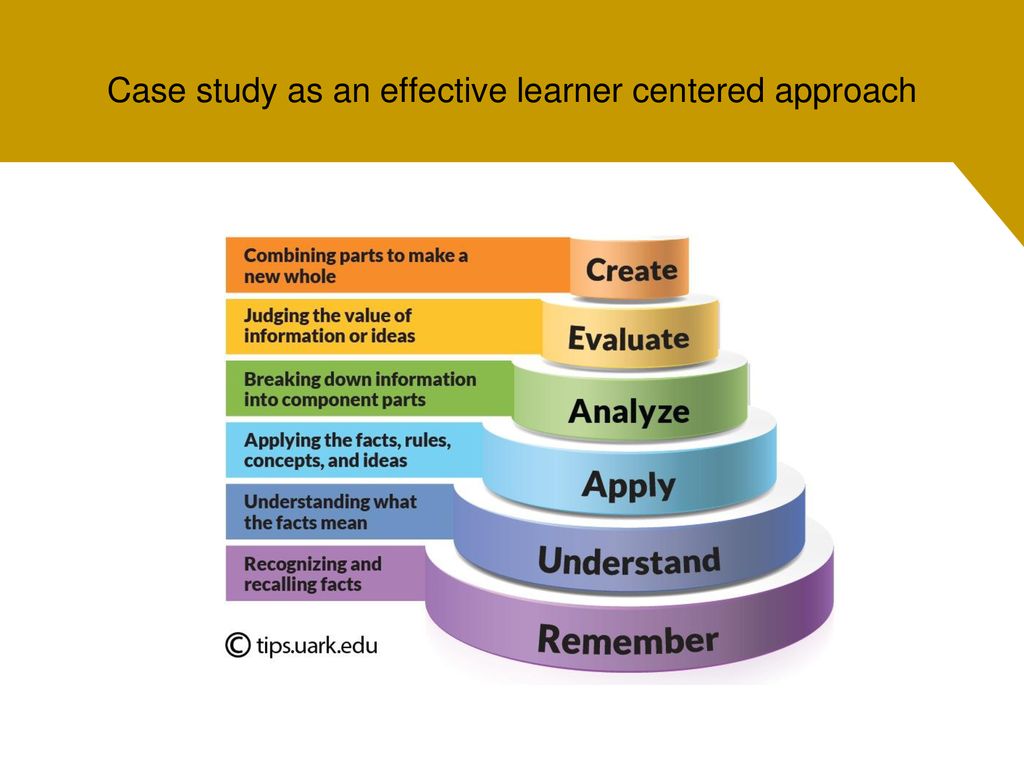 In fact, reading fluency has been called the bridge between decoding and comprehension (Chard & Pikulski 2005). If you’re neglecting to incorporate meaning fluency instruction within your reading program (don’t worry, you’re not alone), I have some pretty staggering statistics I would like to share with you!
In fact, reading fluency has been called the bridge between decoding and comprehension (Chard & Pikulski 2005). If you’re neglecting to incorporate meaning fluency instruction within your reading program (don’t worry, you’re not alone), I have some pretty staggering statistics I would like to share with you!
The graphic below contains data from years of research and a study published in the Scientific Studies of Reading (Fuchs, L. S., Fuchs, D., Hosp, M. K., & Jenkins, J. R. 2001) The study compared the participants’ ability to complete various tasks with the participants’ comprehension of the text. The following data expresses the correlation strength of each of these measures to reading comprehension. Correlations are expressed with validity coefficients, which are numbers that quantify the strength that two things correlate to each other. Keep in mind that a validity coefficient of 1.0 represents a perfect correlation.
The first task we will look at is oral recall or retelling.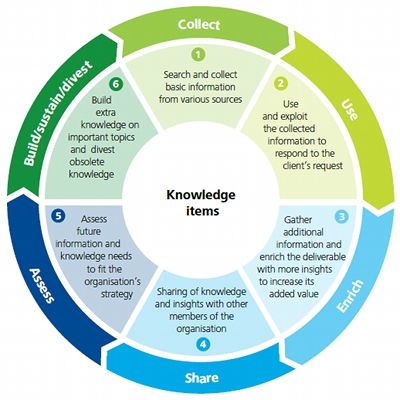 This is where a reader orally recalls or retells what he/she read. For this measure, the validity coefficient is 0.70. This is to say that a readers’ ability to accurately recall or retell a text has a 0.70 correlation to her ability to comprehend.
This is where a reader orally recalls or retells what he/she read. For this measure, the validity coefficient is 0.70. This is to say that a readers’ ability to accurately recall or retell a text has a 0.70 correlation to her ability to comprehend.
The study also looked at cloze activities. These are tasks that require readers to complete missing words from a text. The validity coefficient for this measure was 0.72.
Researchers also examined readers’ ability to answer questions about a text. This measure had a validity coefficient of 0.82.
Finally, we have oral reading fluency. The ability to read fluently had the strongest correlation to reading comprehension. This validity coefficient was 0.91.
Incorporating Reading Fluency into Your Classroom
Reading fluency gets a lot of attention in the primary grades. Unfortunately, students in grades 4-8 who still struggle with fluency don’t get the attention they need. Many of these students need explicit instruction and meaningful practice for fluency in order to become competent readers.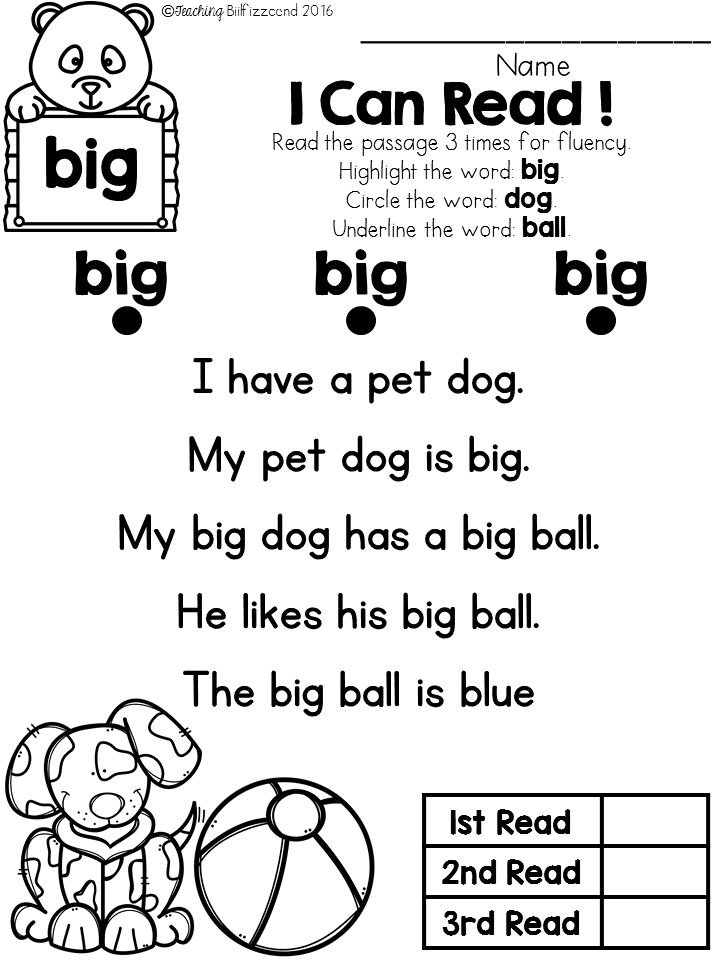
It’s not easy for teachers who work with older students to fit fluency practice into their already tight schedules. Here are a few fluency activities that you can easily work into your day.
Audio-Assisted Reading
Audio-assisted reading is when you have a student follow along in a text while listening to an audio recording (audio CD, audiobook, or iPod). After the student gains confidence using the audio version, he/she can then transition to reading the text independently.
This is such an effective way for improving word recognition, as well as building proper phrasing and expression. This is also a great strategy to use in content areas such as science and social studies; oftentimes, publishers include the audio version of the textbook for teachers to use. You can also record your own audio-versions of close reading passages or short stories for your students to use. If you’re doing a novel study, check your public library for audio CDs for the title you are using.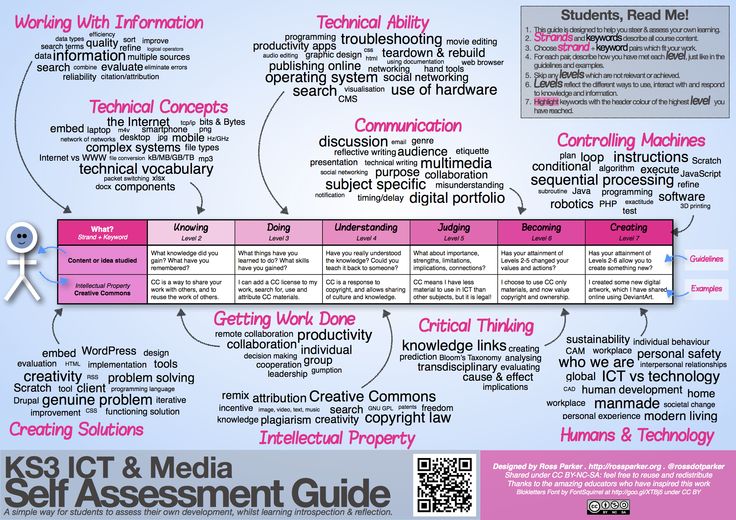 You can also make a listening center in your classroom using jack extenders so that multiple students can read along at the same time.
You can also make a listening center in your classroom using jack extenders so that multiple students can read along at the same time.
Poetry Performances
Holding “poetry slams” is a perfect disguise for fluency practice. Find relatively long poems (haikus might not be the best choice:-) from your favorite authors that are age-appropriate for your students. I love using work from Shel Silverstein or Jack Prelutsky for younger students. If you teach middle school students you may want to look into poems by Langston Hughes or Edgar Alan Poe. Poetry offers smaller, non-threatening text for students to work with, and more reluctant readers may be more motivated by the creativity and playfulness that the genre offers. The assonance and alliteration of poetry also make this medium perfect for fluency practice.
Gather a large selection of poems and have your students choose one they would like to practice and eventually “perform”. Performances can take the place as simple readings in front of the class, in a small group, or with a partner. Students can also make a PowerPoint presentation that they narrate by reading the poem. Presenting options are endless; the most important thing is to get them reading and rereading the poem in order to improve fluency.
Students can also make a PowerPoint presentation that they narrate by reading the poem. Presenting options are endless; the most important thing is to get them reading and rereading the poem in order to improve fluency.
Students LOVE readers’ theater. They get so excited by the idea of performing in a play, even though this activity does not require students to memorize any text. Unlike a real play, there are no costumes, props, or sets needed.
There are several free resources if you’re looking for scripts. Dr. Chase Young has written several for younger students, and Aaron Shepard has some great scripts for older students. You can also write your own scripts, or even have your students write their own, based on picture books or a chapter from a novel. BONUS: Aaron Shepard’s site has a video of The Chamber Readers reading one of his scripts; what a perfect way to provide a model for your students!
Partner Reading
This strategy pairs two readers together with the same piece of text. You can pair your students by listing your class in order from highest to lowest according to reading ability. Then divide the list in half. Place the top student in the first list with the top student in the second list. Continue until all students have been paired up.
You can pair your students by listing your class in order from highest to lowest according to reading ability. Then divide the list in half. Place the top student in the first list with the top student in the second list. Continue until all students have been paired up.
Students in the pairs will take turns reading the text, by dividing it into paragraphs, subheadings, pages, etc. The students can also read the text simultaneously (choral reading). I really like this strategy for reading within science and social studies books, which can be particularly difficult for students. However, you can use parter reading for any text.
Repeated Readings
Timed repeated readings are a systematic way for students to work on fluency, and it offers a great opportunity for students to monitor their own progress. Students are given a passage they have never read before. They will complete a “cold reading”, where they read for exactly one minute. The total words read (minus certain errors) are counted and this is their “cold score”, which they graph on a chart.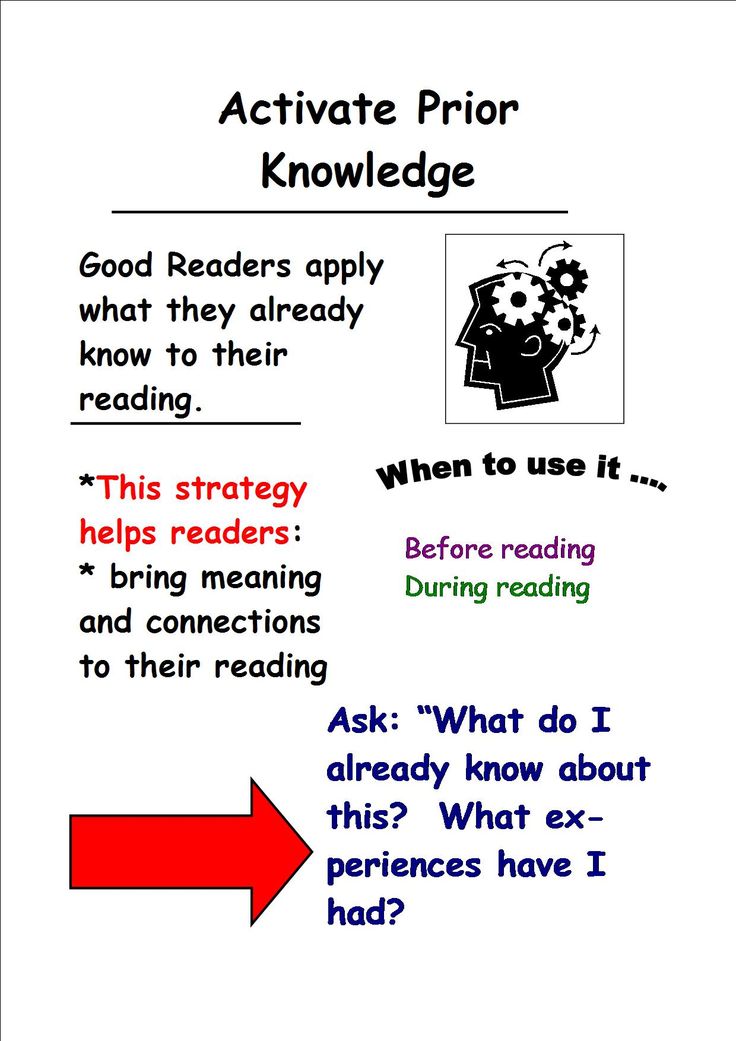 They then practice reading the passage and have opportunities to listen to it read by a fluent model. Following practice and modeling, the students will then complete a “hot reading”, which is another one-minute session. Again, they count the total words read (minus miscues) to find their “hot score”. Their hot scores are then graphed above their cold scores.
They then practice reading the passage and have opportunities to listen to it read by a fluent model. Following practice and modeling, the students will then complete a “hot reading”, which is another one-minute session. Again, they count the total words read (minus miscues) to find their “hot score”. Their hot scores are then graphed above their cold scores.
If you are looking for a robust and systematic way to utilize repeated readings, check out the program Flow Reading Fluency Digital!
Fluency - Musical Corpuscle
Fluency - i.e. the ability to sing in fast motion - is also a necessary quality of a professional singing voice. Singing in rapid motion - coloratura technique - is necessary for the performance of a large number of vocal works. At all times and eras, composers have used this type of technique to convey mainly the emotions of fun, joy, cheerfulness. In the bel canto era in the second half of the 17th and 18th centuries, works were built almost exclusively on coloratura, which was obligatory for all types of voices.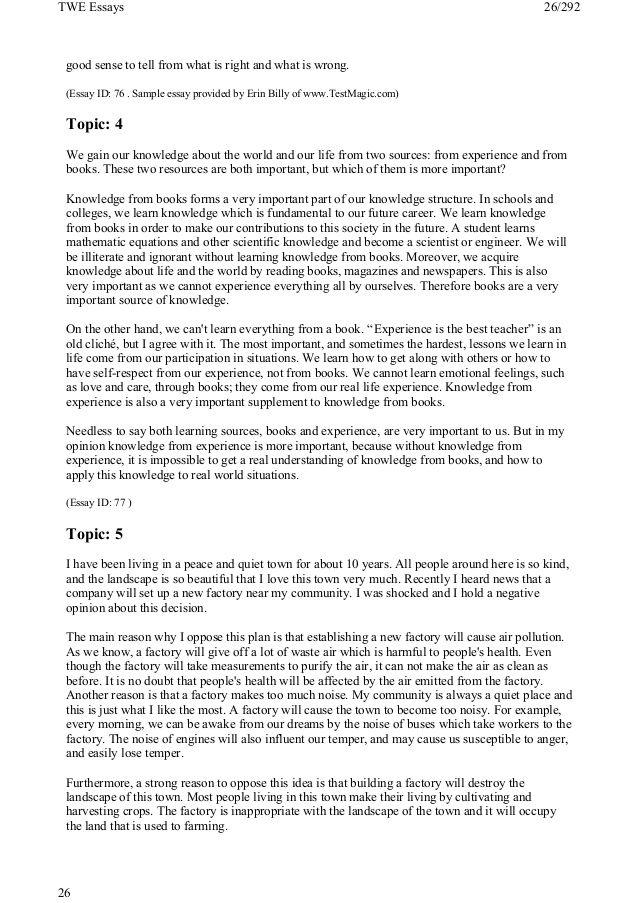 In the 19th century after Rossini, coloratura in its purest form was used in Western music mainly in parts of high female voices. However, even later, individual elements of coloratura are found in many works.
In the 19th century after Rossini, coloratura in its purest form was used in Western music mainly in parts of high female voices. However, even later, individual elements of coloratura are found in many works.
Possession of this type of technique is mandatory for all professional voices, since each singer must be able to sing works of various eras and national schools. However, only for coloratura sopranos this type of technique is the main one in singing. It was for this type of voice that coloratura works were written in the 19th century. And until now, the coloratura remains the property, first of all, of high female voices.
Russian vocal art did not survive the era of coloratura like Italian. The coloratura found in Russian classical operas has a different character than the Italian coloratura. Coloratura in Italian operas, even by Verdi, not to mention Rossini, Bellini, Donizetti and earlier authors, is somewhat formal and abstract. It is not directly related to the musical characteristics of this or that character.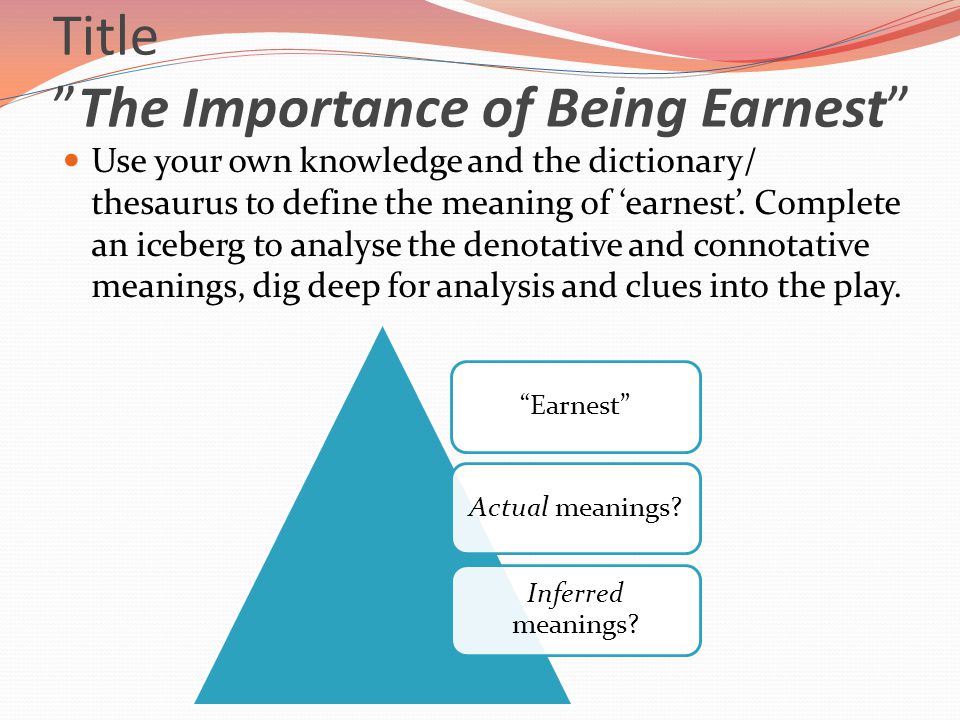
We can easily imagine Rosina using the coloratura of the Figaro part, and Figaro using the coloratura of Rosina or Almaviva. Even in Verdi, coloratura, which remain mainly in high female voices, are not as closely connected with the characterization of the image as in Russian operas. Antonida's coloratura from Glinka's "Ivan Susanin" is unique to her. Ludmila's coloratura from "Ruslan and Lyudmila" creates the image of a cheerful, young, cheerful Russian girl and also cannot be transferred to another character. Rimsky-Korsakov's coloratura is highly characteristic, with which, for example, he endows Volkhova. Decorations and fast movements in the parts of the Snow Maiden and the Swan Princess are characteristic, creating a musical image of these characters.
Therefore, Russian coloratura singers must master coloratura to an even greater extent than Italian singers. The performing tasks that they face are deeper and more complex than those of Italian singers. A Russian singer who performs roles written for a coloratura or lyric-coloratura soprano must possess not only a perfect, formal coloratura, but also be able to reveal the essence of the image through coloratura. The best representatives of Russian vocal art, such as Zabela-Vrubel, Nezhdanova, Stepanova, were able to do this in the highest degree convincingly.
The best representatives of Russian vocal art, such as Zabela-Vrubel, Nezhdanova, Stepanova, were able to do this in the highest degree convincingly.
The huge romance repertoire also contains many works that require fluency from all voices. The singer must be able to sing in rapid motion all the basic elements that make up a melody: scale sequences, arpeggios, passages, up and down intervals, grace notes, groupettos, mordents, trills.
Every singer can develop fluency, but for some, mastering the technique of fluency is a very simple task, while for others it is very difficult. There are voices "mobile by nature", for them the technique of fluency is very easy. Moreover, this quality is not necessarily related to the nature of the voice. It happens that a large, heavy, low voice, for example, a bass, easily lends itself to the development of fluency technique, and another - a light tenor - coloratura is given with great difficulty. The quality of voice mobility is undoubtedly a special ability and is associated with the activity of the central nervous system.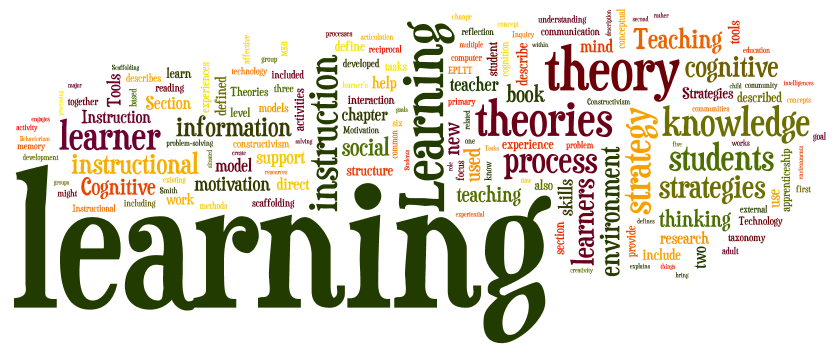 It should be associated with the mobility of the nervous processes that characterize a given individual.
It should be associated with the mobility of the nervous processes that characterize a given individual.
Mobility can be greatly improved in any individual under the influence of systematic training. But the advantages, of course, will remain with those who have natural mobility, which is improved many times over under the influence of training.
If for coloratura and lyric-coloratura voices virtuosity in the technique of fluency is mandatory, which determines their professional capabilities, then for other types of voices it is also necessary, although usually it does not reach such great perfection. Both the bass, the baritone and the tenor, as well as the mezzo-soprano and the dramatic soprano, always contain numerous works in the repertoire that require mastery of the technique of fluency. Let us recall, for example, Farlaf's rondo from Glinka's Ruslan and Lyudmila or Don Basilio's aria from Rossini's The Barber of Seville, at the bass; the arias of Figaro from the same opera and the aria of Don Giovanni from Mozart's baritone opera, the part of Almaviva from The Barber of Seville, Rossini at the tenor; Natasha's coloratura in Dargomyzhsky's Mermaid by the dramatic soprano or Ratmir's aria from Ruslan and Lyudmila by the contralto.
Fluency develops mainly on specially selected exercises and vocalizations. A remarkable contribution to the domestic vocal and methodological literature of recent times is a collection of exercises and vocalizations for the development of the fluency technique of high female voices, compiled by Professor of the Kyiv Conservatory M. E. Donets-Tesseir.
In all schools of singing and in any collection of vocalizations there is a part of exercises or vocalizations designed to develop fluency technique.
Good material for the development of fluency technique is provided by the mobile vocalizations of Zeidler, Konkone, Panofka and Lutgen.
The main principle of mastering singing in fast movement is a great gradualness in the complication of vocal tasks, both in terms of the very texture of the exercises, and in relation to the speed of execution. Unacceptable is excessively fast singing exercises when the student has not yet mastered it in a moderate movement. Only when the exercise is well learned and practiced in moderate movement can the pace be gradually accelerated. Unreasonably fast performance without sufficient preparation for it leads to lubrication of notes, to singing them in incorrect coordination. First you should master singing in fast movement of small scales, small arpeggiated moves, grace notes, gruppettos, leaving large, extended cadences, passages and trills for later stages.
Unreasonably fast performance without sufficient preparation for it leads to lubrication of notes, to singing them in incorrect coordination. First you should master singing in fast movement of small scales, small arpeggiated moves, grace notes, gruppettos, leaving large, extended cadences, passages and trills for later stages.
Training the vocal apparatus on exercises and vocalizations in fast movement, in addition to instilling the necessary element of high technique, has a beneficial effect on the voice. Exercises in fast movement are a kind of gymnastics for the vocal apparatus, especially for the larynx. Under the influence of exercises in rapid movement, the larynx becomes more flexible, elastic, pliable to various adaptations to change movement, timbre colors. Properly selected exercises in fast movement help to liberate the vocal apparatus from unnecessary tension, stiffness, tightness or excessive promiscuity of its muscles.
One of the most common shortcomings of a young voice is its stiffness, heavy sound and congestion with breathing.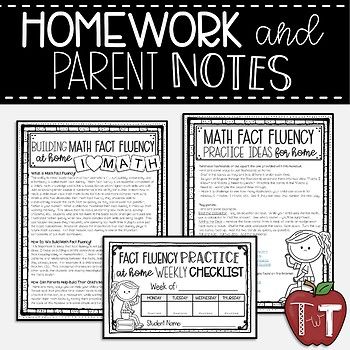 The best means of combating these shortcomings is the development of fluency technique. An overloaded voice is clumsy, constrained. Until the singer finds a more correct relationship between the work of the larynx and breathing, fluency will not develop. Fluency makes the vocal apparatus find a different, more correct mode of its work. If a singer's voice is very difficult to develop in terms of the development of fluency technique, is not capable of quick movements, then this serves as a signal for the need to find a lighter sound that is more correct for this student.
The best means of combating these shortcomings is the development of fluency technique. An overloaded voice is clumsy, constrained. Until the singer finds a more correct relationship between the work of the larynx and breathing, fluency will not develop. Fluency makes the vocal apparatus find a different, more correct mode of its work. If a singer's voice is very difficult to develop in terms of the development of fluency technique, is not capable of quick movements, then this serves as a signal for the need to find a lighter sound that is more correct for this student.
Forced voices happen to singers who use the power of their voices immoderately and usually sing badly in fast movement. Singing in slow motion, smooth singing allows the singer to force the sound. Rapid movement does not allow one to linger for a long time on one sound, and the singer, who is inclined to force, does not have time to develop a great sounding power on it. Therefore, fluency is one of the best means of combating forcing. The same need to quickly change notes does not allow the student to feel constrained or to make the sound heavy. His attention is occupied with having time to sing the required number of notes in the right rhythm, and the muscles of the vocal apparatus are tuned to perform this task, not having time to show vicious coordination, giving tightness or heaviness of the sound. Therefore, work on exercises in rapid movement leads to an improvement in sound formation in all students, if they are used moderately and reasonably.
The same need to quickly change notes does not allow the student to feel constrained or to make the sound heavy. His attention is occupied with having time to sing the required number of notes in the right rhythm, and the muscles of the vocal apparatus are tuned to perform this task, not having time to show vicious coordination, giving tightness or heaviness of the sound. Therefore, work on exercises in rapid movement leads to an improvement in sound formation in all students, if they are used moderately and reasonably.
In exercises in fast movement, another interesting property of the vocal apparatus is manifested, which can be called a kind of physiological inertia. Every teacher knows that the upper notes that fail in a student with smooth singing can be easier to take if they are made passing. In this case, they will turn out, as it were, by inertia; the same as everyone else, lower. In passing motion, the voice sounds equally even, even on those sounds on which it is distorted in slow motion.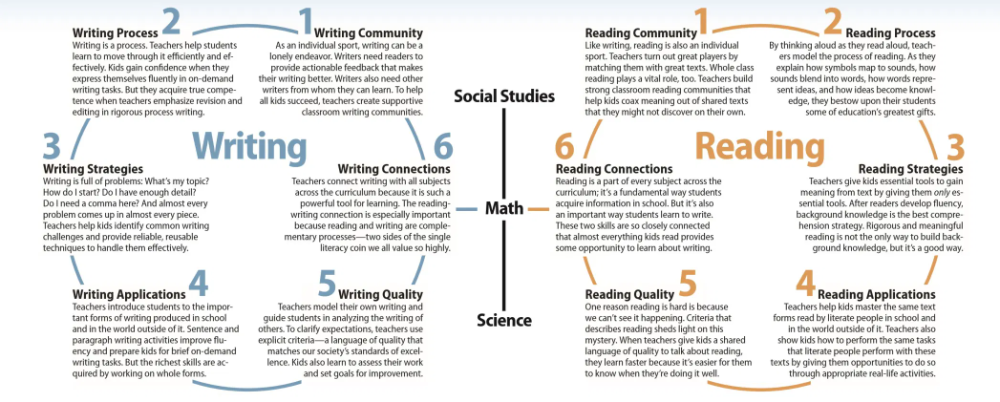 As we remember, this is due to the property of the inertia of the nervous system, which retains the once established type of activity and for which the transition to a different nature of work is associated with overcoming the established one.
As we remember, this is due to the property of the inertia of the nervous system, which retains the once established type of activity and for which the transition to a different nature of work is associated with overcoming the established one.
This property of inertia in the implementation of movements is widely used by vocal pedagogy. Having adjusted the student to some type of sound or character of voice movement, the teacher translates him to difficult combinations of sounds, alternates good and bad sounds, counting on the transfer of good sound, due to the inertia of movements. The development of the upward range, so difficult for many singers, is also carried out in rapid movement drills. In slow movement, the singer tends to create additional efforts to sing unsuccessful sounds, and thereby distorts the correct operation of the vocal apparatus. In rapid movement, the voice apparatus learns to take. these notes for a short moment, but in correct coordination, the same with the previous sounds.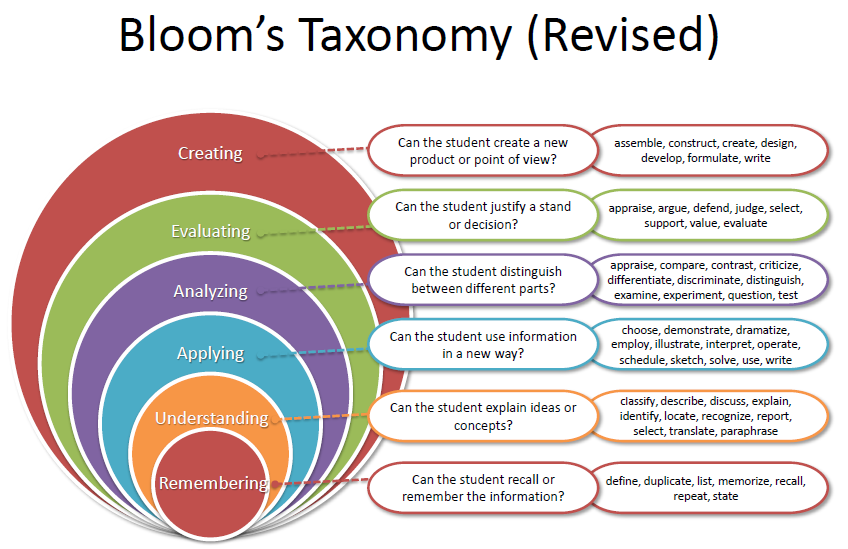 The same quality of inertia is used in other cases, for example, when working on transitional sounds, in the development of mixed sounds, etc.
The same quality of inertia is used in other cases, for example, when working on transitional sounds, in the development of mixed sounds, etc.
Singing in fast motion allows you to make the most of the momentum of the movement.
When working on exercises in fast movement, one should always carefully monitor intonational accuracy, clarity of attack and accuracy of singing all notes. If for some reason they come out blurry, then you should first of all check whether they are sufficiently fixed by hearing. Often, students clearly know from which note the passage comes and to which note it leads, but they do not accurately imagine the intermediate sounds ... To check, you should offer to sing it slowly or play it on the piano. If the passage fits well in the head, but still does not work out, it should be sung at a slower pace in staccato or with syllables. Rhythmic figurations and accents play an important role in developing the evenness of passages and scales. By moving accents or changing the rhythm of figures, it is possible to achieve evenness and clarity of various fast figurations.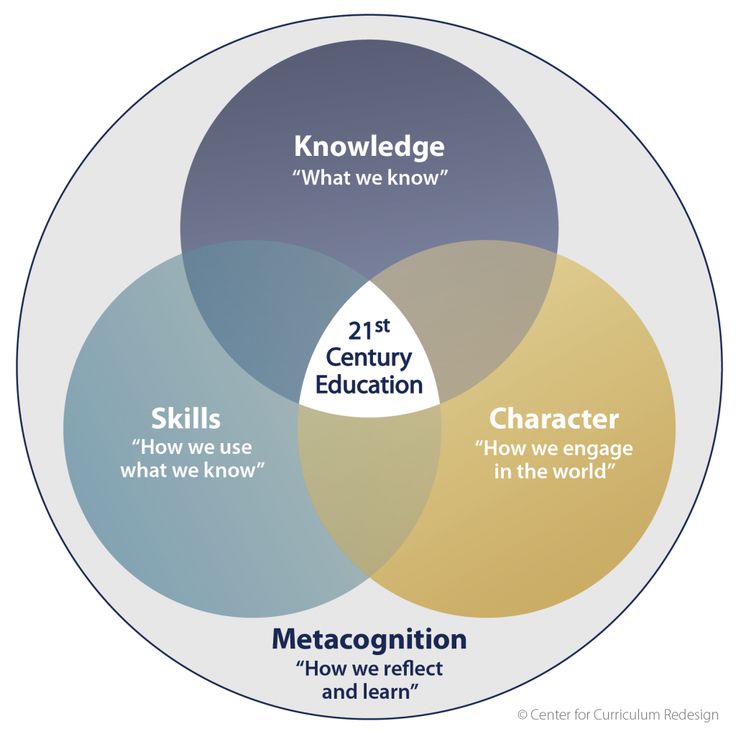
About the concepts of "fluency" and "correctness" in teaching foreign languages
Language teaching methods | Philological Aspect: Methods of Teaching Language and Literature Methods of Teaching Language and Literature October 2020 - November 2020 No. 3 (6)
State University, RF, St. Petersburg, [email protected]
Annotation: This article is devoted to the peculiarities of the communicative approach to learning a foreign language. The focus of the work is on the issue of correctness and fluency of speech. When determining the need to choose in favor of the correctness or fluency of speech, the author indicates their direct relationship for successful communication.
Keywords: communicative approach, foreign language teaching, aspect, teaching methods, speech fluency, speech literacy.
Varnaeva Maria Lvovna
assistant professor, Saint Petersburg State University, Russia, Saint Petersburg
Abstract: The two particular issues of the communicative approach to learning and teaching a foreign language are scrutinized.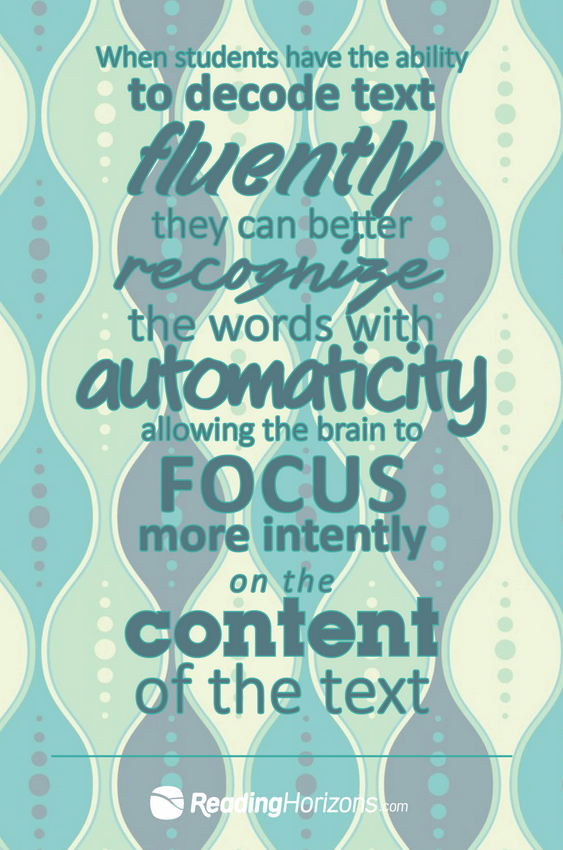 Much attention is given to the issue of Accuracy and Fluency of speech. When deciding in favor of either Accuracy or Fluency of speech, the author denotes their close interconnection and interdependence to make the communication successful
Much attention is given to the issue of Accuracy and Fluency of speech. When deciding in favor of either Accuracy or Fluency of speech, the author denotes their close interconnection and interdependence to make the communication successful
Keywords: communicative approach, foreign language teaching, aspect, teaching methods, fluency, accuracy.
Reference
Varnaeva M.L. On the concepts of "fluency" and "correctness" in teaching foreign languages // Philological aspect: international scientific and practical journal. Ser.: Methods of teaching language and literature. 2020. No. 03 (06). Access mode: https://scipress.ru/fam/articles/o-ponyatiyakh-beglost-i-pravilnost-v-obuchenii-inostrannym-yazykam.html (Date of access: 11/26/2020)
Language learning has always played an important role in both primary and higher education, and this remains unchanged. However, over time, the approach to teaching and learning languages has changed. At present, in the teaching of foreign languages in the Russian Federation, as well as throughout the world, a communicative approach to teaching foreign languages has been established: almost all teaching aids and materials used in secondary and higher schools, and even in numerous foreign language courses, have a communicative orientation, then there are we - teachers and lecturers - we teach (or should we teach?) our students not just a language, but oral and written communication in a foreign language. One of the fundamental contradictions in the communicative methodology, discussions about which do not stop, is the opposition of the concepts of "fluency" - "fluency" and "accuracy" - "accuracy, correctness, literacy". [ten; 8, p.166-174]
At present, in the teaching of foreign languages in the Russian Federation, as well as throughout the world, a communicative approach to teaching foreign languages has been established: almost all teaching aids and materials used in secondary and higher schools, and even in numerous foreign language courses, have a communicative orientation, then there are we - teachers and lecturers - we teach (or should we teach?) our students not just a language, but oral and written communication in a foreign language. One of the fundamental contradictions in the communicative methodology, discussions about which do not stop, is the opposition of the concepts of "fluency" - "fluency" and "accuracy" - "accuracy, correctness, literacy". [ten; 8, p.166-174]
Theoretically, the teacher is well aware that students understand the speaker despite mistakes, and the communicative technique requires not to stop or correct the speaker when developing fluency, but this is often difficult, since the teacher is psychologically still focused on the literacy of the statement [11, p . 56-57]. It seems that here we should turn to the origins of the discussion about fluency and correctness and recall the detailed interpretation of these concepts by the founders of the communicative approach, where fluency is not understood as the speed of speech, but the ability to adequately express one's thoughts, albeit not always correctly. [11, p. 51-57], that is, the criterion of success is the successful communication.
56-57]. It seems that here we should turn to the origins of the discussion about fluency and correctness and recall the detailed interpretation of these concepts by the founders of the communicative approach, where fluency is not understood as the speed of speech, but the ability to adequately express one's thoughts, albeit not always correctly. [11, p. 51-57], that is, the criterion of success is the successful communication.
However, another dilemma arises here: in all cases of real communication - not in the classroom - a fluent, but inaccurate statement from the point of view of literacy will testify to the success of communication? In informal communication with native English speakers, one often hears that the Russian language sounds rude, and the Russians themselves seem ill-mannered and straightforward [13]. It is clear about the Russian language: the sounds “r”, “zh”, the articulation of “t” and “d” and the intonation pattern of the utterance are very different from the sound of English speech, but the people themselves? An example of the “rudeness” of Russians can be examples of extremely polite phrases translated into English by a Russian-speaking participant in the dialogue.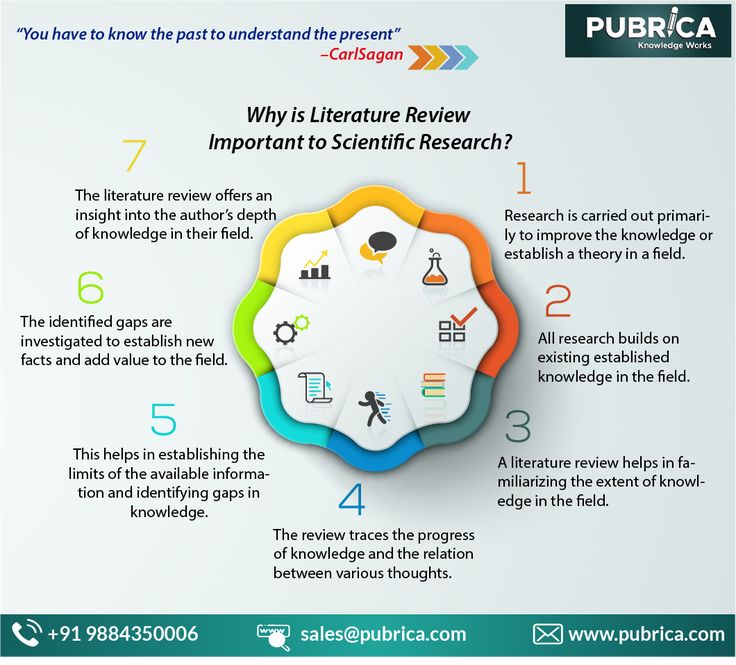 The most polite Russian formula would look like this: “Could you help me”, “Could you make me a cup of coffee, please”; the English semantic correspondence is “Could you make me a cup of coffe, please?”, the literal translation of which into Russian would be “could you make me ...” and in Russian it will no longer be a polite request, but a reproach. Those Russians who, speaking English, build their phrases based on translation from Russian make exactly this mistake - “Couldn’t you make me ...”, which will be perceived by an English speaker approximately as “What, couldn’t even make me a cup of coffee?” - a reproach, and in a rude way. Meanwhile, a Russian person wanted to be very polite: in Russian, the most polite requests and questions include “not”: “Will you tell me”, “Don’t you know?” [9; 6, p. 137-152; 2]. Translated into English, such statements sound extremely rude, sometimes acquiring an offensive meaning: “Don't you know where the underground is near here”, and even with a Russian intonation, will be perceived approximately as “Well, you don’t know where underground!".
The most polite Russian formula would look like this: “Could you help me”, “Could you make me a cup of coffee, please”; the English semantic correspondence is “Could you make me a cup of coffe, please?”, the literal translation of which into Russian would be “could you make me ...” and in Russian it will no longer be a polite request, but a reproach. Those Russians who, speaking English, build their phrases based on translation from Russian make exactly this mistake - “Couldn’t you make me ...”, which will be perceived by an English speaker approximately as “What, couldn’t even make me a cup of coffee?” - a reproach, and in a rude way. Meanwhile, a Russian person wanted to be very polite: in Russian, the most polite requests and questions include “not”: “Will you tell me”, “Don’t you know?” [9; 6, p. 137-152; 2]. Translated into English, such statements sound extremely rude, sometimes acquiring an offensive meaning: “Don't you know where the underground is near here”, and even with a Russian intonation, will be perceived approximately as “Well, you don’t know where underground!". Such errors are a normal phenomenon of interference - the influence of the native language on a foreign one in speech, but they not only do not contribute to successful communication, but, on the contrary, make it difficult and create a negative image of Russian among foreigners.
Such errors are a normal phenomenon of interference - the influence of the native language on a foreign one in speech, but they not only do not contribute to successful communication, but, on the contrary, make it difficult and create a negative image of Russian among foreigners.
It is worth noting that any language is a reflection of the culture and character of the people. Even W. Humboldt pointed to the inseparability of language and thinking, to the fact that the grammatical forms inherent in a particular language reflect the mentality of the native speakers of this language. [3, p. 344–345].
Widely known were his statements that "different languages in their essence, in their influence on different feelings are in fact different worldviews" and that "the originality of the language affects the essence of the nation, therefore a thorough study of the language should include everything that history and philosophy are associated with the inner world of man" [5, p.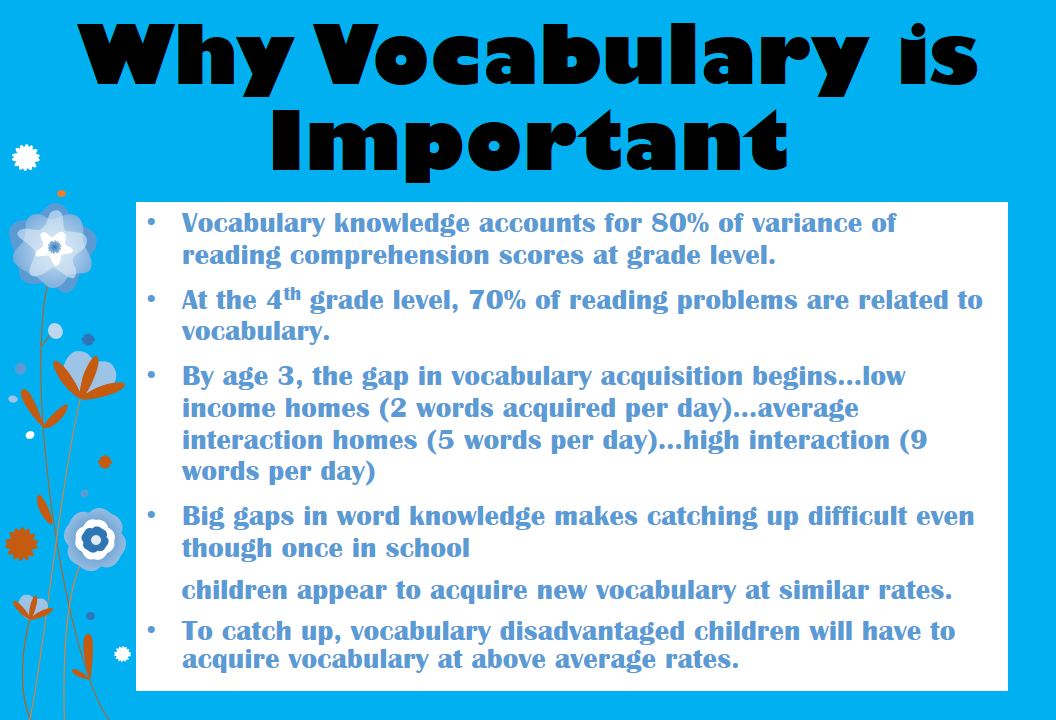 370, 377]. He talks about the inner form of the language, which is a purely individual and unique formation, the spiritual mood of those who speak the same language, an individual impulse through which this or that people embodies their thoughts and feelings in the language [4, p. 100-107]. In order to learn to speak a foreign, in this case English, language, a certain system or teaching methodology is needed that would allow solving the tasks as fully as possible, namely: to acquire the skills of reading, understanding speech by ear, speaking and writing in the language being studied - Reading, Listening , Speaking and Writing skills [7]. Thus, the technique is understood as a set of tasks and exercises that helps to practice all the above skills in practice. Given that language abilities are different for everyone, and the tasks at different levels are different, the teacher constantly has to apply different approaches to learning and teaching.
370, 377]. He talks about the inner form of the language, which is a purely individual and unique formation, the spiritual mood of those who speak the same language, an individual impulse through which this or that people embodies their thoughts and feelings in the language [4, p. 100-107]. In order to learn to speak a foreign, in this case English, language, a certain system or teaching methodology is needed that would allow solving the tasks as fully as possible, namely: to acquire the skills of reading, understanding speech by ear, speaking and writing in the language being studied - Reading, Listening , Speaking and Writing skills [7]. Thus, the technique is understood as a set of tasks and exercises that helps to practice all the above skills in practice. Given that language abilities are different for everyone, and the tasks at different levels are different, the teacher constantly has to apply different approaches to learning and teaching.
In the communicative approach to language learning, the most important question is whether communication has taken place. The text should be clear, its purpose is to extract information. “All classes that are developed according to the principles of this modern method of teaching English are, if possible, conducted in a foreign language, or with a minimum inclusion of native speech. Moreover, the teacher only directs the students, asks them questions and creates a communicative situation, while 70% of the time of the entire lesson, the students speak” [7]. Based on this, it becomes obvious that the fundamental point is Fluency - fluency of speech, the correctness of speech - Accuracy - goes by the wayside. Much less time is devoted to grammar, not to mention the direct development of individual skills, and even more so grammatical structures. This often leads to a misunderstanding between two communicators, one of which is a native speaker, and the other is a student, i.e. there is a break in communication. The question arises - "What is more important, Fluency or Accuracy"? It turns out that if it is important for communication to take place, then fluency should not lead to a break in communication, which means that it is necessary to observe some grammatical norms, i.
The text should be clear, its purpose is to extract information. “All classes that are developed according to the principles of this modern method of teaching English are, if possible, conducted in a foreign language, or with a minimum inclusion of native speech. Moreover, the teacher only directs the students, asks them questions and creates a communicative situation, while 70% of the time of the entire lesson, the students speak” [7]. Based on this, it becomes obvious that the fundamental point is Fluency - fluency of speech, the correctness of speech - Accuracy - goes by the wayside. Much less time is devoted to grammar, not to mention the direct development of individual skills, and even more so grammatical structures. This often leads to a misunderstanding between two communicators, one of which is a native speaker, and the other is a student, i.e. there is a break in communication. The question arises - "What is more important, Fluency or Accuracy"? It turns out that if it is important for communication to take place, then fluency should not lead to a break in communication, which means that it is necessary to observe some grammatical norms, i. e. speech should be relatively literate - Accurate.
e. speech should be relatively literate - Accurate.
However, despite the fact that there are always at least two parties in communication (writer / speaker and reader / listener), it is necessary to distinguish between written speech and oral speech, when the interlocutor has the opportunity to ask again in order to clarify information.
In written speech, it is important to take into account that for a correct understanding, its correct presentation is necessary. Therefore, while practicing reading skills (Reading Skills) and writing (Writing Skills) of texts, it is important not only to understand or know individual grammatical structures, but also to be able to use them to convey the necessary information. It is very important when you write that the addressee catches exactly what the author wanted to express, and the author expressed exactly what he wanted. And here, when there is no way to ask again or clarify information, the correct use of language units - Accuracy - comes to the fore. Otherwise, it will lead to a break in communication.
Otherwise, it will lead to a break in communication.
However, the above does not mean that there are no situations in oral speech when literacy or correctness - Accuracy - plays an important role and replaces fluency. Even speaking fluently, sometimes you can not make phonetic and intonation mistakes. There are communicative situations in which there are stable language formulas aimed at their correct use in terms of grammar and phonetics. The intonation pattern of the utterance is important. However, the communicative technique does not aim to work out the aspect of grammar - Accuracy. This can be explained by the fact that in real life we often encounter a situation where we feel more comfortable in the company of people who, although poorly, speak your native, understandable language, rather than in the company of those who will speak fluently, competently , observing all the rules of the language, but which will be alien and incomprehensible. It turns out, from a practical point of view, in real colloquial (oral) speech, fluency may play a more important role, but we, as teachers, should not put up with and accept these mistakes in speech, our task is to try to make sure that our students could speak not only fluently (Fluently), but also correctly (Accurately).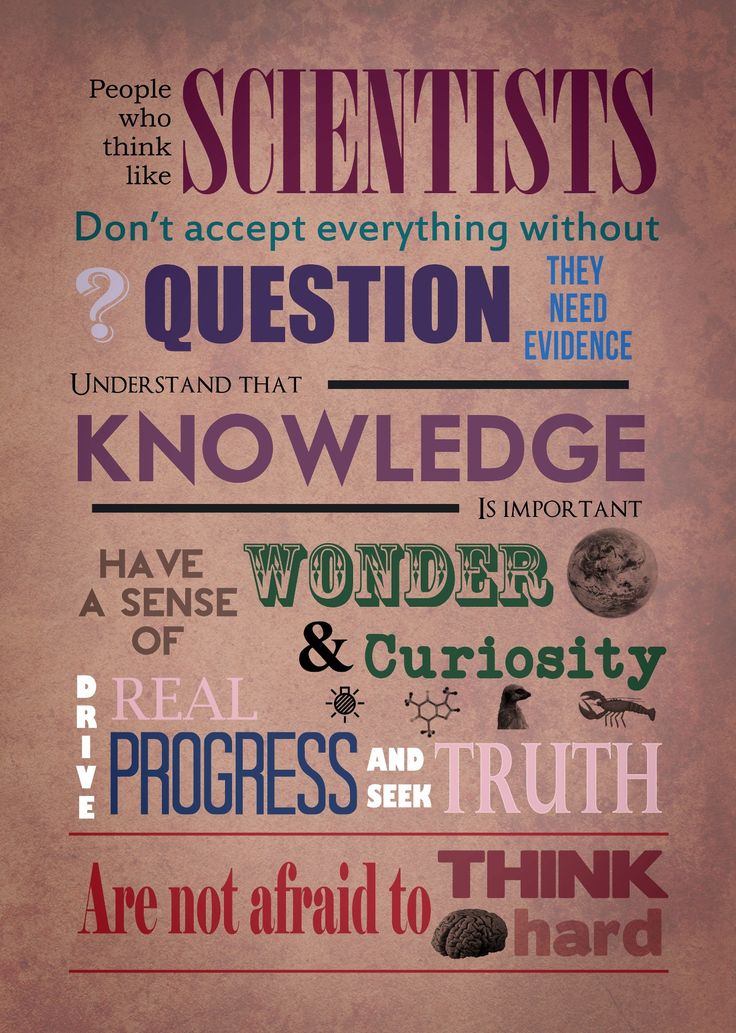
So, what is fluency in speech and how to develop literacy in it? Fluency is understood as the communicative quality of speech, which demonstrates the ability and ability for fluent spontaneous statements in accordance with the principles of oral speech, possession of various language means [1, p. 27]. This is the ability to easily and well express one's thoughts both in writing and orally, without the need to build a thought for a long time [12]. It is possible to achieve this, it is necessary already at the initial stage to work out certain conversational formulas to automatism - linguistic means that allow you to express greetings, farewells, requests, negotiations, etc. Knowledge and ability to correctly use these colloquial formulas, observing the correct intonation pattern, allow you to observe Accuracy with Fluency, i.e. fluency does not affect literacy.
References
1. Azimov EG, Shchukin AN New dictionary of methodological terms and concepts (theory and practice of teaching languages).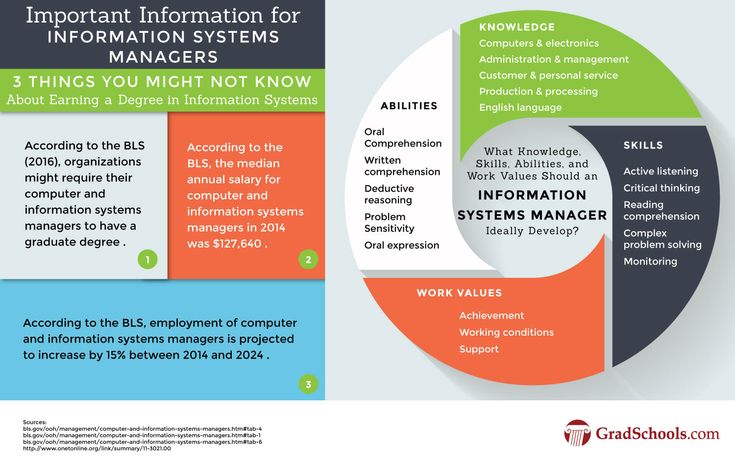 - Moscow, 2009. 448s.
- Moscow, 2009. 448s.
2. Burikova S.A., Smirnova I.V. Intercultural approach in teaching foreign languages as a reflection of intercultural differences. // Society: sociology, psychology, pedagogy. - 2017, issue 11. / El. resource. / Access mode: https://doi.org/10.24158/spp.2017.11. – (Last accessed 10.09.20)
3. Humboldt V. On the emergence of grammatical forms and their influence on the development of ideas. // Selected works on linguistics. Moscow: Progress, 1984. S. 327-350. 397 p.
4. Humboldt V. fon. On the difference in the structure of human languages and its influence on the spiritual development of mankind / / Selected works on linguistics. M.: Progress, 1984. S. 37-301. 397 p.
5. Humboldt V. fon. Language and philosophy of culture. M.: Progress, 1985. 450 p.
6. Larina TV Category of politeness and style of communication. M., 2009. 317 p.
7. Lim English. Methods of teaching foreign languages. /Email resource/. Access mode: https://lim-english.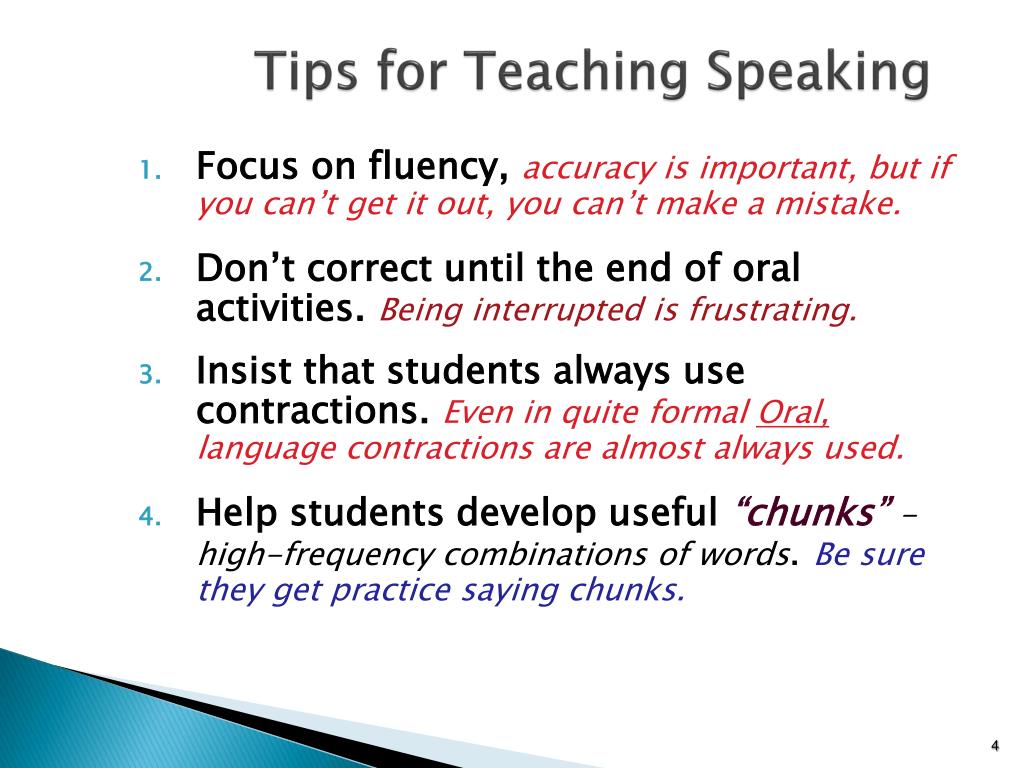 com/posts/metodiki-obycheniya-angliiskomy-yaziky/ – (Last accessed 12.09.2020).
com/posts/metodiki-obycheniya-angliiskomy-yaziky/ – (Last accessed 12.09.2020).
8. Polyakov O.G., Tormyshova T.Yu. Fluency in speaking a foreign language as a linguistic and methodological problem. // Language and culture, 2014, issue 4(28). pp.166-174. /Email resource/. Access mode: https://cyberleninka.ru/viewer_images/15702478/f/1.png. – (Last accessed 11/10/20).
9. Speech etiquette. // Email resource/. Access mode: https://etikket.ru/rechevoj-etiket/prosba-v-rechevom-etikete.html. – (Last accessed 11/10/20).
10. Stepanova E. Glossary of terms on the methodology of teaching English. // Email resource. – Access mode: http://filolingvia.com/publ/80-1-0-1505. – (Last accessed 11/08/20).
11. Brumfit C. Communicative Methodology in Languge Teaching. The roles of fluency and accuracy. Cambridge University Press, 1992. 166 p.
12. Cambridge Advanced Learner's Dictionary & Thesaurus © Cambridge University Press. Year of publication Number of pages, p. 000. //El. resource.